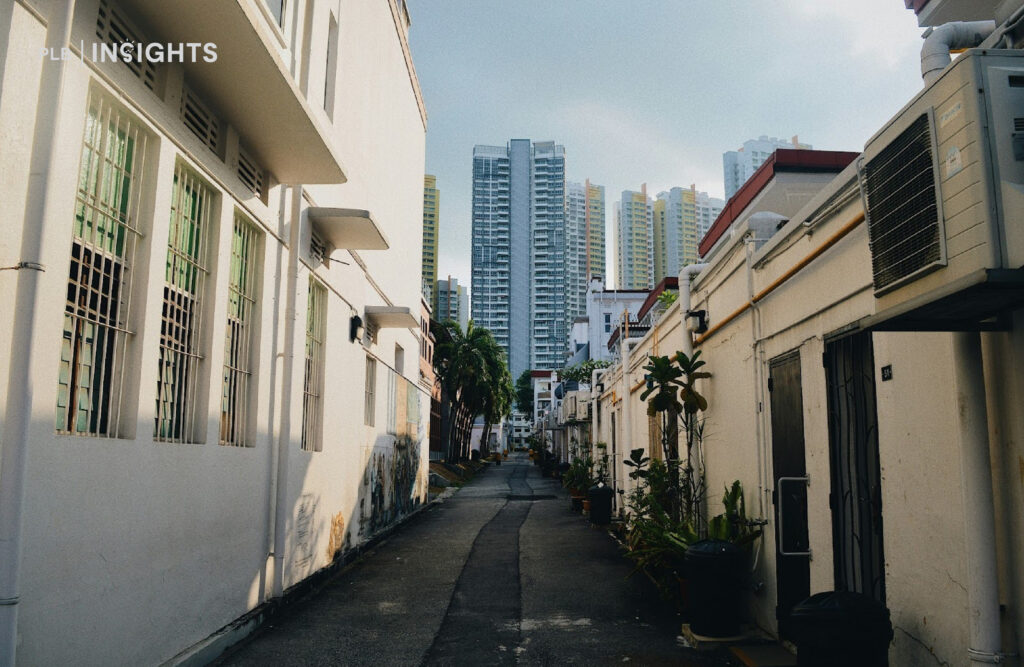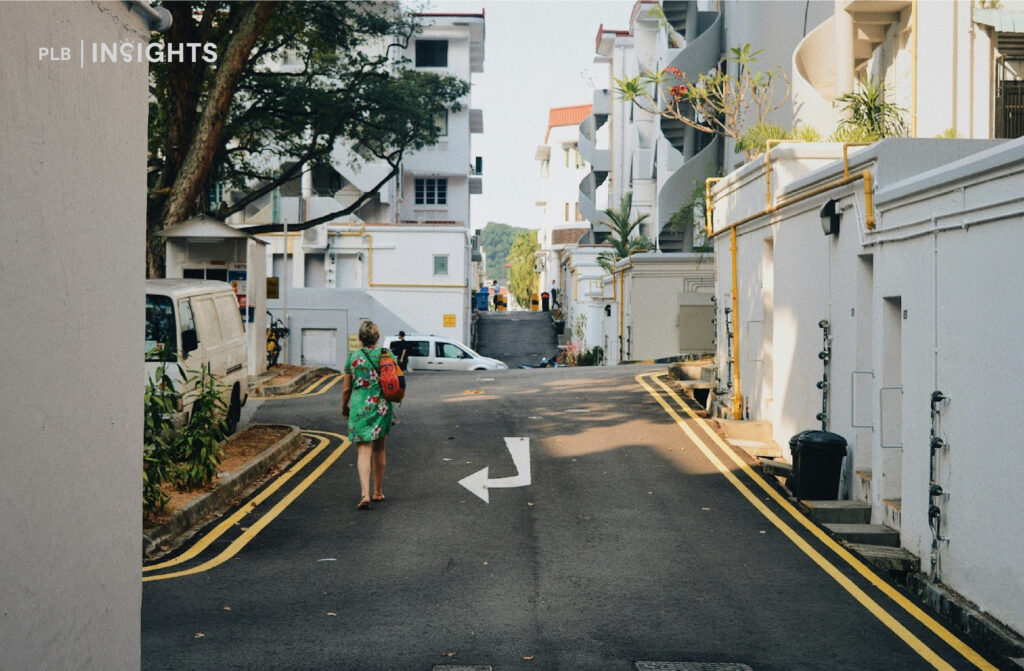
Singapore’s bustling economy brings with it a vast range of opportunities for businesses. As businesses continue to search for methods to enhance their financial agility, operations and investments, sale-leaseback agreements stand out as a strategic financial tool for investors and sellers alike.
In this article, we will explore sale-leaseback agreements and how they work in Singapore. Moreover, we are going to examine how these agreements can benefit both sellers and investors, creating value for them and enabling them to navigate this arrangement seamlessly.
Understanding Sale-Leaseback Agreements
What Are They and How Do They Work?
A sale-leaseback agreement is a financial arrangement between two parties in which one party sells an asset – typically a property – to another party, while simultaneously entering a lease agreement for the same property. This unique structure enables both the seller and the investor to benefit from the arrangement as the seller retains the rights to occupy the property while receiving immediate capital from the sale. The investor, on the other hand, gains ownership to a property and a reliable tenant that can then bring them benefits in the long run.
Key Parties Involved
The Seller: The seller is the original property owner who intends to sell an asset. Sellers in a sale-leaseback agreement can include corporations, businesses or individual property owners who want to free up capital while still being able to retain operational control of their property.
The Investor: The investor is a buyer who purchases the property. Investors can be institutional investors, real estate investment trusts (REITs), or even private equity firms that are looking for a way to generate stable, long-term returns through rental income.
Financial and Legal Advisors: Both parties typically work with professionals including financial advisors and lawyers to negotiate the terms of the agreement, to ensure compliance with regulations, and to assess the short term and long term financial implications of the sale-leaseback agreement.

Benefits of Sale-Leaseback Agreements: Sellers Vs Investors
Both sellers and investors can receive several benefits from sale-leaseback agreements, making this arrangement a good option for both parties from a financial standpoint and in Singapore’s property market.
Sellers Benefit Through:
Immediate Access to Capital:
When selling property under a sale-leaseback agreement, sellers can receive substantial cash reserves. This liquidity can be highly beneficial for funding business expansions, investing in new technology, or addressing urgent operational needs. It enables sellers to redirect their resources towards growing their businesses and opportunities without the constraints of real estate ownership.
Continuing Operations Without Disruptions:
As they remain in the same location even after selling their property, sellers can maintain their business operations with ease. The continuity of staying in the same location after selling helps them avoid the disruptions and complications that arise from relocating to new premises. Moreover, this can help preserve employee morale and customer relationships – two aspects of a business that need more work if there is a need for relocation. In the instance that the seller is selling a residential property under this arrangement, no moving is required, saving them the hassle of moving homes.
Less Maintenance Responsibilities:
Depending on the terms of the lease agreement, sellers may have fewer responsibilities as they shift certain maintenance and management requirements to the buyer or investor. For sellers running a business on the property, this can reduce some of the operational burdens and allow them to focus on other core business functions rather than property upkeep, potentially resulting in improved productivity and efficiency.
Potential Tax Benefits:
Post-sale, rental payments made by the seller may be tax-deductible as an operating expense. So, while sellers take on the role of tenants and continue to pay rent every month, they can benefit from financial relief that the tax reductions offer them.
Reinvestment Opportunities:
With the capital gained from selling their property, sellers can choose to reinvest funds in different income-generating projects, diversify their portfolios, or even re-invest in their existing businesses to further enhance and improve operations.

Investors Benefit By:
A Stable Income Stream:
Investors in a sale-leaseback agreement can start receiving a steady income stream through the fixed lease payments, which are often set for long periods of time. Moreover, this predictability can be valuable in uncertain economic environments and provide investors with reliable returns on their investments.
Low-Risk Investment:
While no investments are completely risk-free, sellers in sale-leaseback agreements are typically well-established businesses with good credit ratings. This reduces the investor’s risk of dealing with tenant default, making the investment a lot more secure and also more appealing to investors that may be more risk averse.
Asset Appreciation and Portfolio Diversification:
Real estate in Singapore typically appreciates over time in value. Investors can benefit from owning property that increases in value over time, as they may be able to realise capital gains upon selling the property in the future. Additionally, a sale-leaseback agreement can help investors diversify their property portfolios by adding more real estate assets. This diversification can help mitigate risks associated with market volatility and enhance the overall performance of the portfolio.

Risk Considerations for Sellers and Investors
While sale-leaseback agreements present numerous benefits for sellers and investors, it is crucial for both parties to be aware of the potential risks associated with the arrangement. Through careful assessment of these risks, investors and sellers can structure these agreements to mitigate the potential downsides for both parties involved.
Risks For Sellers
Long-Term Lease Commitment:
Once a sale-leaseback agreement is executed, and sellers take on the role of tenants under a long-term lease, they may occupy the property for a long period of time – potentially several years. While this can offer them a sense of stability, it can also restrict their ability to pivot to other directions as a result of shifting market conditions.
Potential Increase in Expenses:
In the instance that the lease agreement includes a provision for rent increases over time, investors may be able to increase rents to match rising rates in the property market. Due to this, sellers may find themselves needing to pay more than anticipated, potentially straining their financial resources. In addition to this, hidden costs related to the maintenance and management of the property could also increase expenses, depending on the lease terms.
Operational Constraints Under A New Lease:
The lease agreement might impose certain restrictions that may have not been there prior to the transfer of ownership. This could include restrictions on how the property is used, modified, and repurposed in the future, affecting the seller’s operations. They also may need to seek approval from the investor before making any changes or alterations to the property, which may impact the time taken and costs of renovations.

Risks for Investors
Tenant Default:
The financial success of the investment is largely dependent on the tenant’s ability to meet all of the requirements stated on the lease agreement. If the seller goes bankrupt or is struggling financially, they may default on rent payments, which can lead to a loss of income for the investor as well. This risk is particularly amplified during an economic downturn, where businesses are more likely to struggle.
Market Fluctuations:
Real estate values can be volatile, directly reflecting market conditions and influenced by broader economic conditions. Shifts in factors such as but not limited to interest rates and demand can contribute to either the appreciation or depreciation of property values. A decline in values may negatively impact the investor’s portfolio and the ability to sell their property profitably in the future.
Potential for Vacancy:
Once the lease term ends and the seller decides to go elsewhere instead of renewing the lease, the investor may face a period of vacancy. This can lead to an income loss for some time, and also create additional costs for the investor – from expenses related to marketing the property and finding new tenants, to having to pay for costs that the rental income was used towards.
Maintenance and Management Responsibilities:
Depending on the terms of the agreement, investors may become responsible for certain aspects of the upkeep and maintenance of the property. This may involve a significant amount of finances and time, especially if unexpected repairs and regulatory compliance issues arise.
Lack of Control Over Tenant Operations:
Due to the characteristics of a sale-leaseback agreement, investors may have limited control over how the tenant operates their business within the property. Any poor management decisions made by the tenant may lead to issues or potential deterioration of the property, negatively impacting the value of the property. It is essential to clearly state certain boundaries and requirements in the agreement to ensure fewer issues once the lease agreement is executed.

Closing Thoughts
Sale-leaseback agreements can stand out as a strategic tool that meets the needs of both sellers and investors in Singapore’s competitive real estate market. By facilitating immediate cash flow for sellers while allowing them to continue to utilise the property, and providing investors with a stable flow of income, these agreements create an optimal space with financial and operational benefits for both parties involved.
Get in Touch With Us
Are you looking to take the next step in your property journey and expand your portfolio? Feel free to contact us here. Our team of skilled consultants are eager to help you navigate the intricacies of your property journey, at every step of the way.







